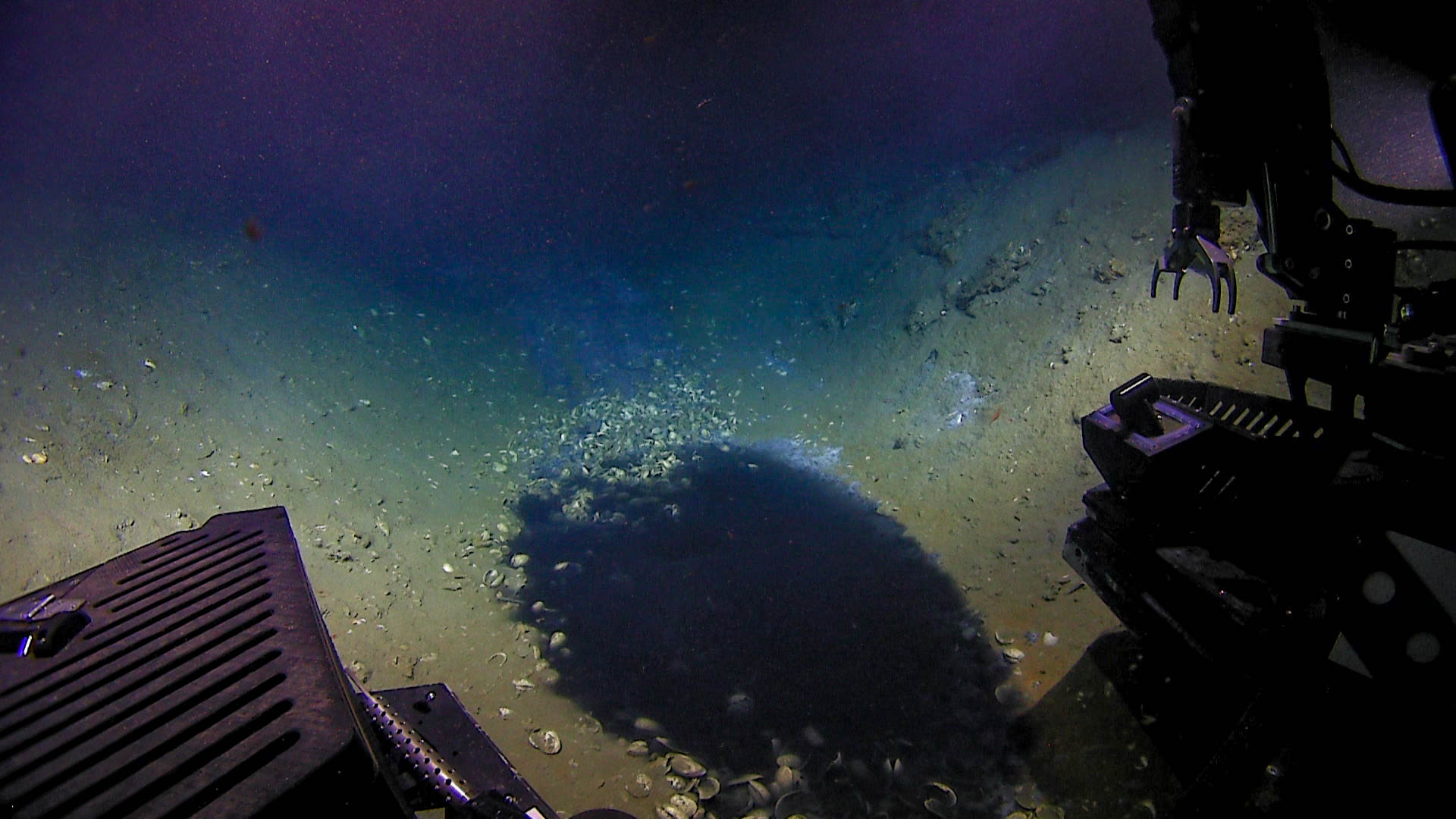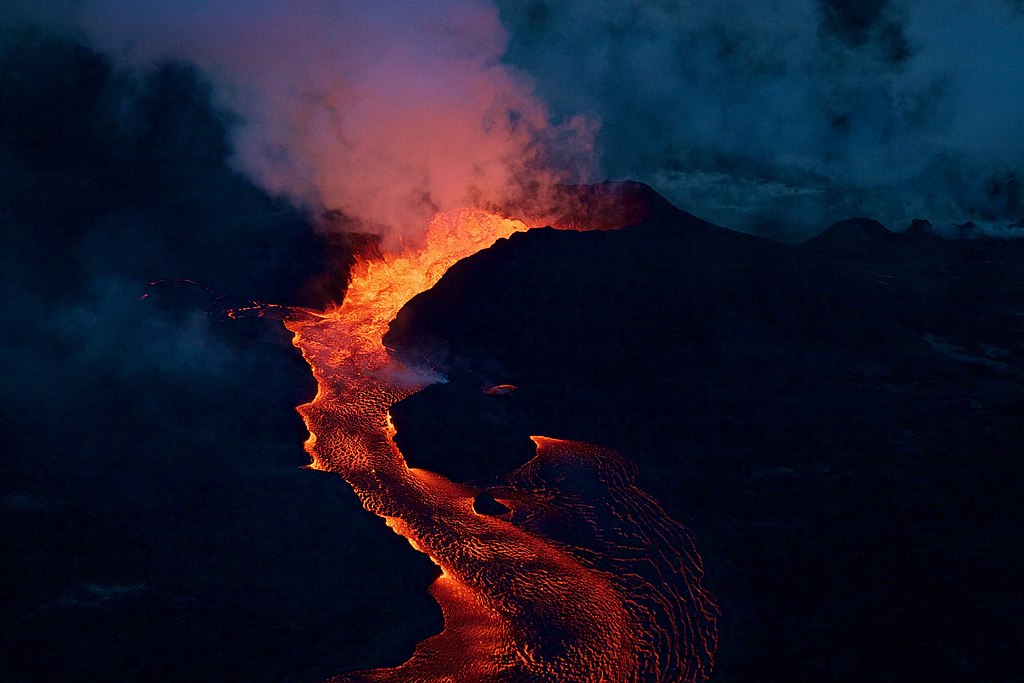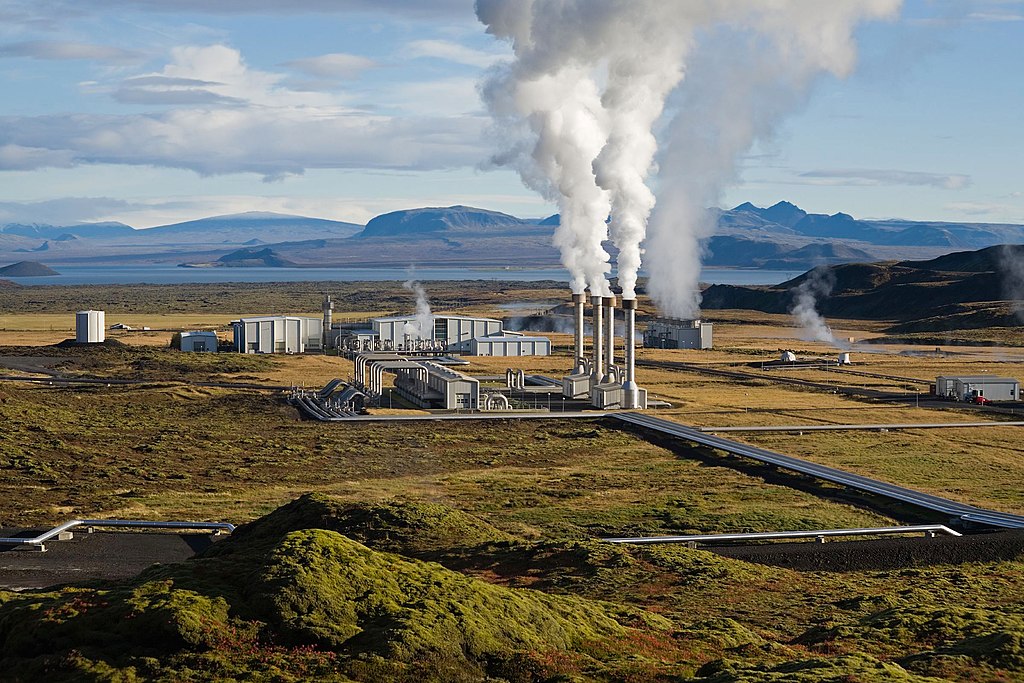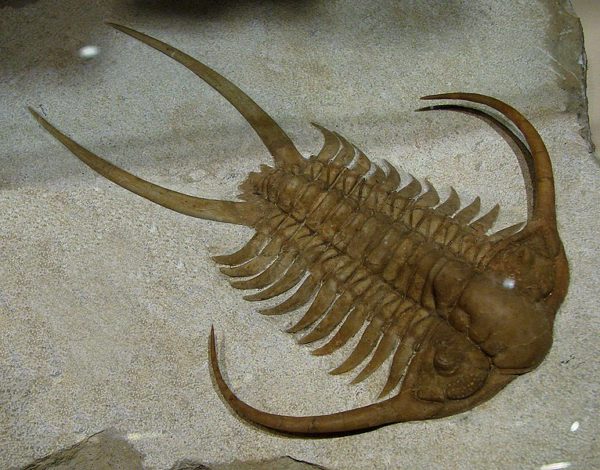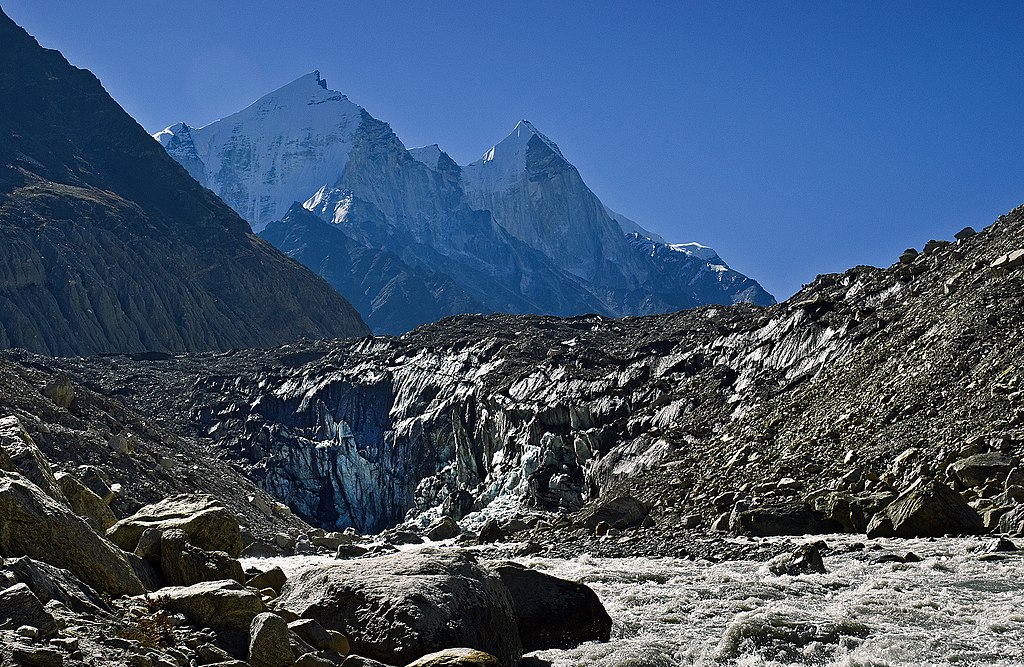Featured image: A satellite image of the Ganges – Brahmaputra delta along the Bangladesh coastline.captured by the Envisat satellite of the European Space Agency (ESA). The image also shows sediment plumes in the coastal area. (Image credit: ESA CC BY-SA 3.0 IGO)
Authors: Jessica L. Raff, Steven L. Goodbred Jr., Jennifer L. Pickering, Ryan S. Sincavage, John C. Ayers, Md. Saddam Hossain, Carol A. Wilson, Chris Paola, Michael S. Steckler, Dhiman R. Mondal, Jean-Louis Grimaud, Celine Jo Grall, Kimberly G. Rogers, Kazi Matin Ahmed, Syed Humayun Akhter, Brandee N. Carlson, Elizabeth L. Chamberlain, Meagan Dejter, Jonathan M. Gilligan, Richard P. Hale, Mahfuzur R. Khan, Md. Golam Muktadir, Md. Munsur Rahman, Lauren A. Williams
The Ganges – Brahmaputra delta is the largest river delta in the world, covering an area of 1,00,000 sq. km. About two-thirds of the delta lies in Bangladesh, and the rest in the Indian state of West Bengal. Today, sea level rise due to climate change poses a massive challenge to the delta region which more than 200 million people call home!
Continue reading “How sediments can save drowning river deltas”

